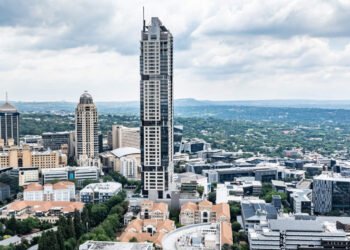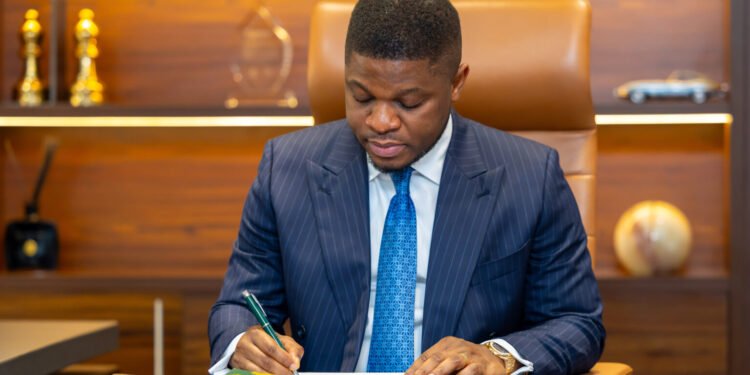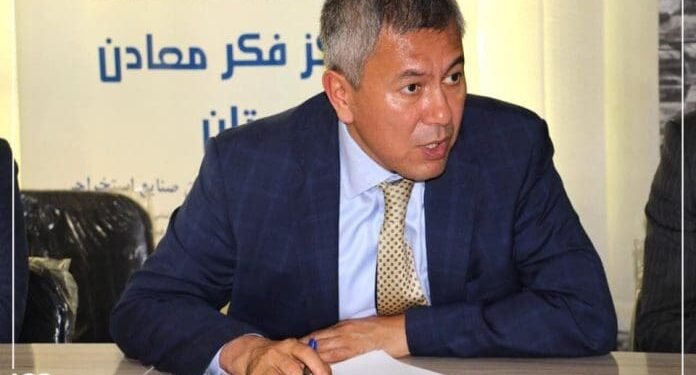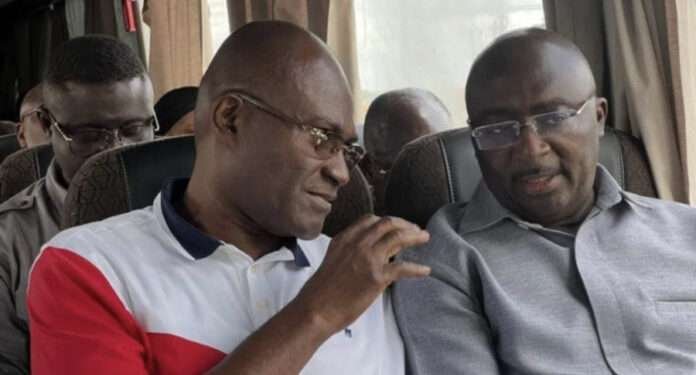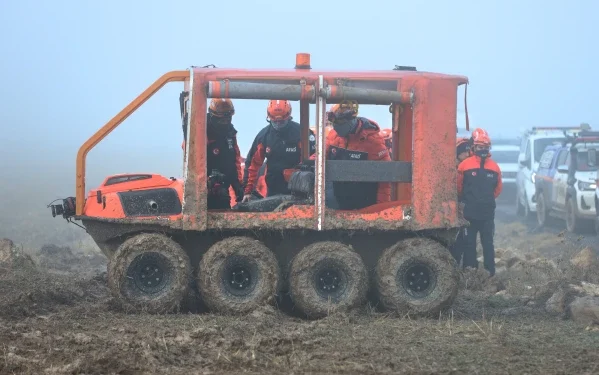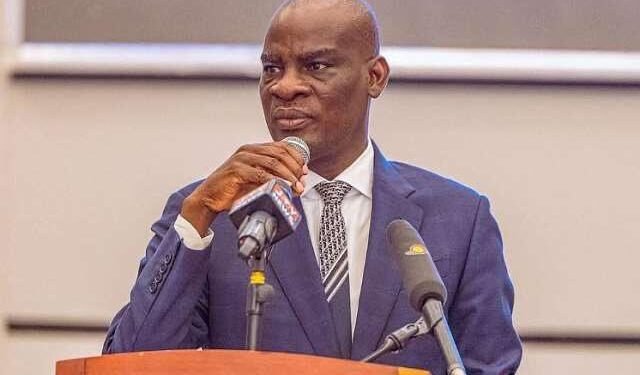A historic peace agreement between the Democratic Republic of Congo (DRC) and Rwanda is expected to be signed in Washington on Friday, following a major diplomatic push from the U.S. President Donald Trump’s administration.
This deal marks a significant breakthrough after years of conflict, as Congolese negotiators have dropped their initial demand for the immediate withdrawal of Rwandan troops from eastern Congo.
Analysts and diplomats estimate that Rwanda has deployed at least 7,000 troops into eastern Congo in support of the M23 rebel group. These rebels have taken control of Goma and Bunagana, two of Congo’s largest cities in the east, as well as mineral-rich territories. Despite mounting evidence, Rwanda continues to deny that it has sent forces or weapons across the border, insisting it is acting solely in self-defense.
The upcoming agreement not only seeks to end a bloody chapter in the region’s history but also aims to attract greater Western investment in the mining sectors of both countries. Eastern Congo is known for its vast reserves of cobalt, copper, tantalum, lithium, and gold — minerals essential for clean energy technologies and electronics. As part of the broader negotiations, the United States hopes to secure access to these critical minerals.
Earlier versions of the U.S.-drafted agreement, verified by diplomats, included a clause demanding that Rwandan troops leave Congo before the signing. However, sources confirmed that this condition was later removed due to pushback from Kigali. Rwanda has consistently identified the Democratic Forces for the Liberation of Rwanda (FDLR), a group operating from within Congo that includes remnants of forces responsible for the 1994 genocide, as a national security threat.
Troop Withdrawal Now Tied To FDLR
According to three diplomatic sources and one Congolese official familiar with the negotiations, the revised agreement outlines a phased withdrawal of Rwandan troops over several months. Two of those sources said the withdrawal would depend on progress in neutralizing the FDLR.
Rwandan government spokesperson Yolande Makolo confirmed this condition to Reuters, stating that any “lifting of defensive measures in our border area” would be contingent upon the FDLR’s “neutralisation.”
Meanwhile, Tina Salama, spokesperson for Congolese President Felix Tshisekedi, emphasized Kinshasa’s continued commitment to securing a “disengagement or total withdrawal” of Rwandan forces.
The U.S. State Department has declined to comment on the ongoing negotiations. While the agreement is expected to build upon a declaration of principles signed in April, it remains unclear how fully enforceable the upcoming deal will be.
The draft document reportedly includes key components such as the disarmament of armed groups, integration of non-state actors into formal structures, and plans for the return of displaced populations and refugees.
Thousands have died and hundreds of thousands have been displaced due to the escalating violence. The M23 rebels, Congolese military forces, and allied militias have all been accused of grave human rights violations. In May, Amnesty International accused M23 of torturing and executing civilians, warning that such actions “violate international humanitarian law and may amount to war crimes.”
Volker Turk, the United Nations High Commissioner for Human Rights, echoed those concerns, stating that all sides had committed abuses. He urged all parties to “commit immediately to a ceasefire and resume negotiations, and to respect international humanitarian and human rights law.”
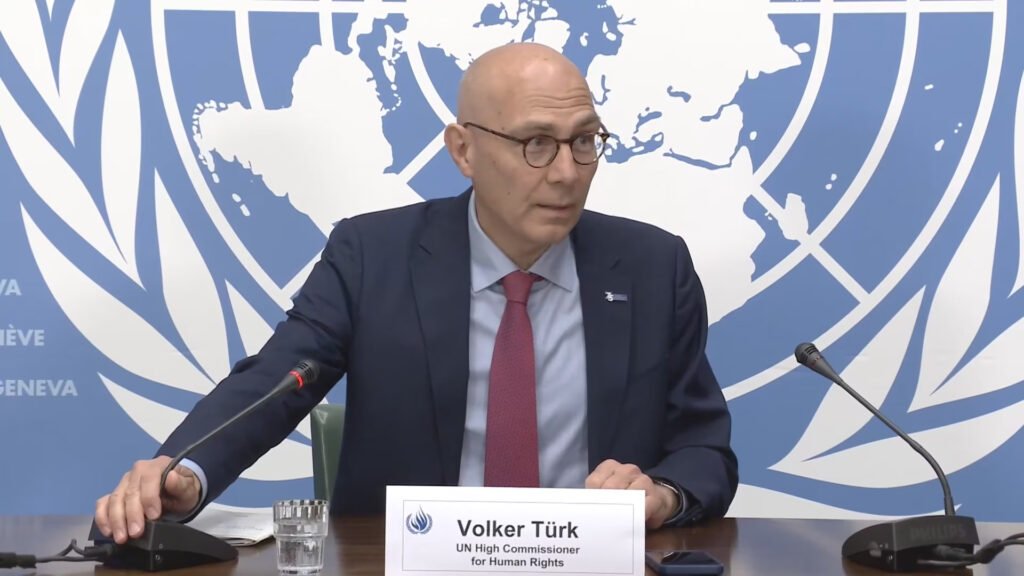
Despite multiple ceasefire agreements brokered by African nations since 2021, none have held. Whether Friday’s deal can finally break the cycle remains to be seen.
READ ALSO: Dissents Clash Over Bank of Ghana Dismissal Reversal





